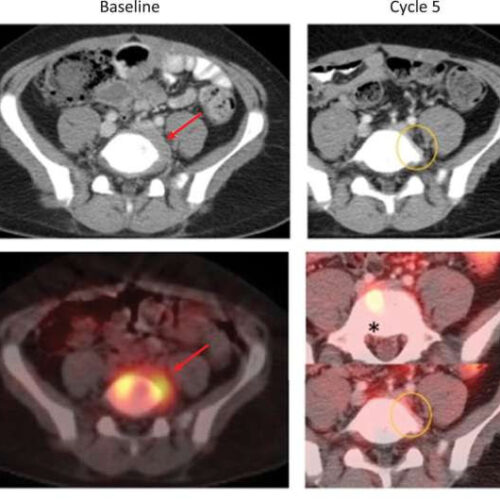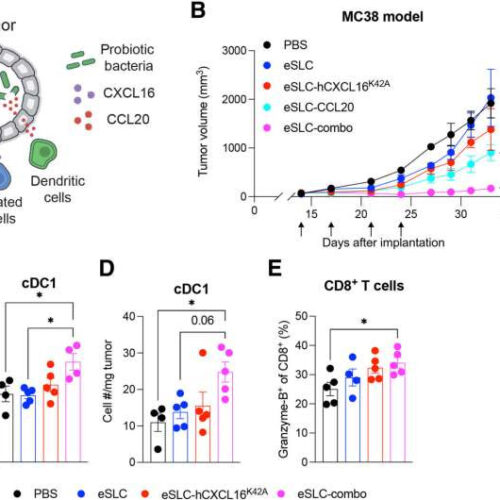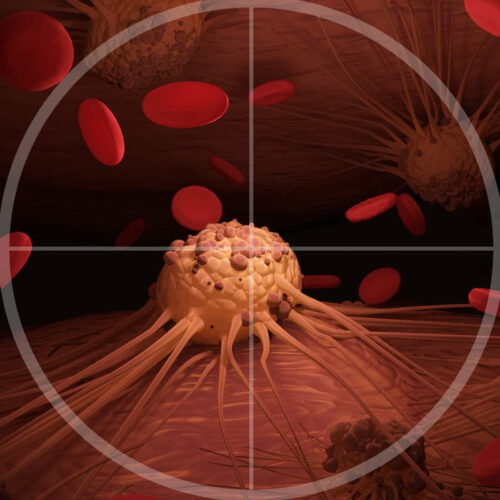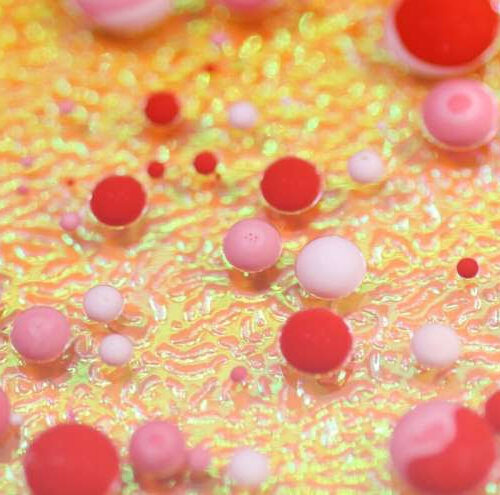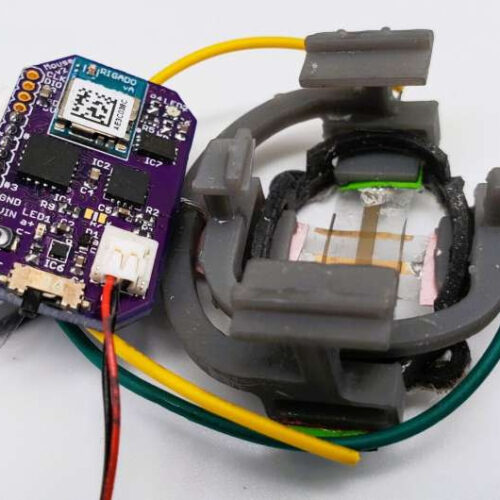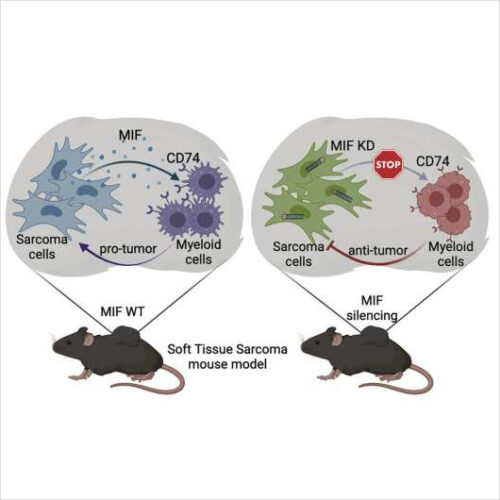by Children’s Hospital of Philadelphia Representative images from subject 3 who had both measurable and MIBG-evaluable neuroblastoma and an overall central radiology reviewed PR from cycles 3 through 8, and PD at cycle 11. This patient enrolled with a history of progressive disease on a prior irinotecan-containing regimen. The left top panel shows the baseline 3.5-cm...
Tag: <span>tumors</span>
New drug delivery method harnesses clotting to target tumors
by Will Cushman, University of Wisconsin-Madison Characterization of the thrombosis-mediated navigation system. (A) Schematic of the thrombosis-mediated navigation system for P-aPD-1. Truncated tissue factor–Arg-Gly-Asp (RGD) (tTF-RGD), administered either by intravenous (i.v.) or p.t. routes, targets tumor neovasculature endothelial cells and initiates coagulation cascade to recruit anti–programmed cell death 1 (PD-1) antibody–conjugated platelets (P-aPD-1). P-aPD-1 is activated...
Lung cancer: New drug combination reduces tumors in animal study
Share on Pinterest Image credt: Bjarte Rettedal/Getty Images. Lung cancer is the second most common form of cancer worldwide. Each year, around 2 million people receive a lung cancer diagnosis, and 1.8 million people die of the disease. There are two types of lung cancer — small cell lung cancer (SCLC) and non-small cell lung cancer (NSCLC)...
Engineered bacteria find tumors, then alert immune cells
by Alan Dove, Columbia University Irving Medical Center Combination of CXCL16 and CCL20 synergizes to promote antitumor immunity. (A) Schematic overview of the approach to recruit DCs to tumors via CCL20 production in probiotic bacteria to complement activated T cell recruitment via CXCL16 (B) Tumor growth curves from C57BL/6 mice (n = 5 per group) subcutaneously implanted...
New cancer therapy and vaccine uses CRISPR to turn tumors into traitors
By Michael Irving January 04, 2023 A new type of treatment turns cancer cells into double agents that kill existing tumors Depositphotos Scientists at Brigham and Women’s Hospital (BWH) have found a way to fight cancer with cancer. The team genetically engineered cancer cells to release anti-cancer drugs at the site of established tumors, as...
Researchers develop strategy to non-invasively monitor key immune cells in tumors
by Ludwig Institute for Cancer Research Credit: Unsplash/CC0 Public Domain A Ludwig Cancer Research study has developed a strategy to non-invasively track immune cells known as macrophages within brain and breast tumors in living mice. Cancers often recruit and reprogram these tumor-associated macrophages, or TAMs, to support their own growth and confer resistance to therapies....
New wearable device measures the changing size of tumors below the skin
by Andrew Myers, Georgia Institute of Technology FAST sensor. Credit: Stanford University Engineers at the Georgia Institute of Technology and Stanford University have created a small, autonomous device with a stretchable/flexible sensor that can be adhered to the skin to measure the changing size of tumors below. The non-invasive, battery-operated device is sensitive to one-hundredth...
Researchers use nutritional supplement to shrink breast cancer tumors
by National University of Singapore (a) Schematic representation of an assembled tES shell with surface pores for entry and exit of bioorthogonal catalysis substrates and products (left) and multilayer approach to bioorthogonal catalytic center cutaway (right). (b) Chemical products of IAA and their free radical derivatives. (c) Mass spectrometry of IAA products demonstrating catalytic specificity of...
Bacterial Microrobots Deliver Drug Payload to Tumors
JULY 28TH, 2022 CONN HASTINGS MEDICINE, ONCOLOGY, SURGERY Scientists at the Max Planck Institute for Intelligent Systems in Germany have developed tumor-targeting microrobots using bacteria. The team exploited the tendency of bacteria to naturally gravitate towards areas of low oxygen and low ph, which both tend to occur in the vicinity of a tumor. Once near...
How tumors make immune cells ‘go bad’
by Cedars-Sinai Medical Center Graphical abstract. Credit: Cell Reports (2022). DOI: 10.1016/j.celrep.2022.110977 Investigators from Cedars-Sinai Cancer have discovered that cancerous tumors called soft-tissue sarcomas produce a protein that switches immune cells from tumor-attacking to tumor-promoting. The study, published today in Cell Reports, could lead to improved treatments for soft-tissue sarcomas. The researchers focused on the tumor microenvironment—an ecosystem...

